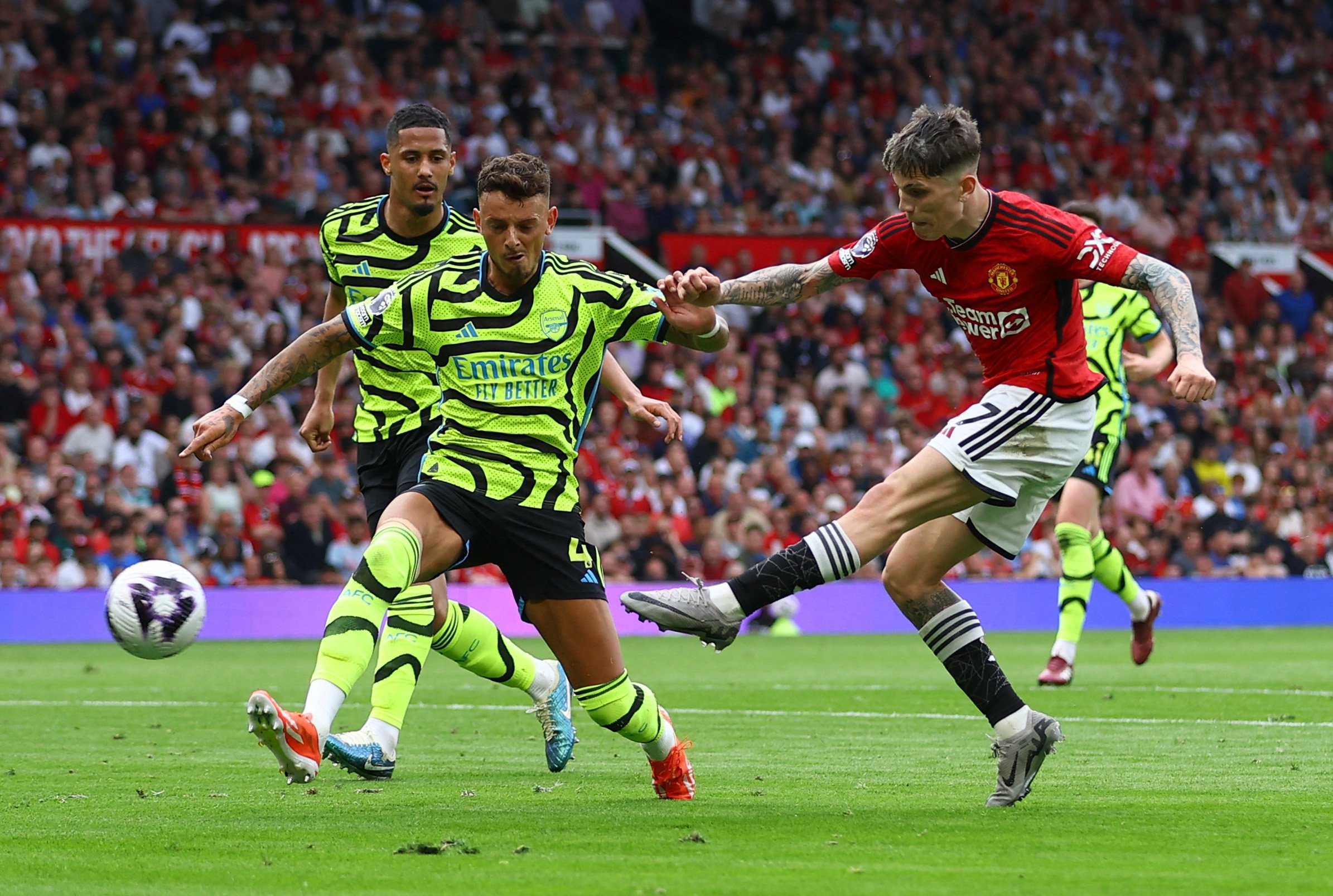Influence of statistical approaches on Probabilistic Sweet Spots computation in Deep Brain Stimulation for severe Essential Tremor
Deep Brain Stimulation (DBS) is an established therapy for movement and neuropsychiatric disorders. Identifying brain regions (Probabilistic Sweet Spots, PSS) linked with the greatest symptom improvement is crucial for refining pre-operative targeting and post-operative programming. Probabilistic stimulation mapping is a powerful data-driven tool to delineate these regions. However, the chosen statistical methods can influence the identified PSS. A comprehensive evaluation of their impact is lacking in DBS research. The present study compares the PSS generated with four voxel-wise statistical approaches - t-test, Wilcoxon test, Linear Mixed Model, and Bayesian t-test - with the aim of assessing their influence on computed results on the same dataset. Intra-operative stimulation test data of 23 Essential Tremor (ET) patients was used to run patient-specific electric field simulations and to generate PSS in a group-specific anatomical template space. The PSS for the different statistical tests were first compared in terms of size and topography. Then, their correlation with clinical improvement was calculated in a leave-one-out cross-validation scheme and PSS consistency across datasets with different compositions was assessed. Our findings emphasize the impact of statistical test selection on both the anatomical location and volume of the extracted PSS, highlighting the importance of careful methodological choices in future DBS mapping studies. The Bayesian t-test and a voxel-wise application of nonparametric permutation testing, introduced for the first time in DBS research, showed promising results in identifying PSS representative of improvement and exhibited robustness to variations in the dataset.
Deep Brain Stimulation (DBS); Essential Tremor; Probabilistic Sweet Spot; Probabilistic mapping; Statistical methods.
Copyright © 2025 The Authors. Published by Elsevier Inc. All rights reserved.











